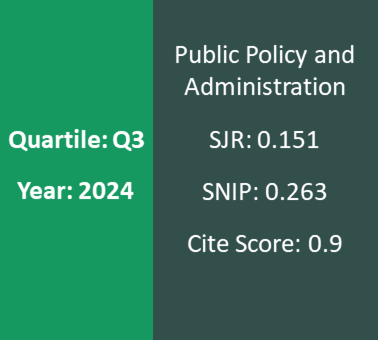Social Policy Modeling in the Process of European Integration
Keywords:
social policy models, social security, social integration.Abstract
There are no social movements or political parties in Europe which would strive for united social policy
model. Large historic, structural and financial differences between various countries are the main reasons for that.
Negative results of referendums for adoption of European Constitution in France and the Netherlands, as other
forms of resistance, are witnessing about aims of population to preserve continental corporative European model
without changes or only with slight changes. The latter does not help European integration and harmonization of
social tasks, although helps to survive for developed and well financed social security systems in Europe. European
Union , as before, foresees social security as a subject for national competence and jurisdiction. Nevertheless,
separate problems considering common EU labour market are solved jointly and positively.
Social policy modeling in Western European countries has a history of several decades. It enables to
define one or another European social security model and to conduct analysis of existing social situation and
prognostic perspectives. English sociologist Richard Titmuss and danish sociologist Gosta Esping-Andersen have
made the largest input into social policy modelling. They both have scientifically founded the liberal, corporative
and socialdemocratic welfare models. If Titmuss in his work have made more qualitative analysis, Esping-Andersen
have added substantial quantitative indicators of decommodification. The works of other researchers have
shown the impact of this theory for other parts of societal life, especially- for labour market policies.
Globalisation impact is decisive for one or another social policy model configuration. Mainly because of
globalisation impact the „passive social policy“, which was functioning until the 90-ies is replaced by „active social
policy“ which is posing final social reintegration aims. Such changes of paradigms are also changing social policy
models by diminishing the role of institutional socialdemocratic elements and increasing the significance of liberal
marginal elements. The state of European social security in general has deteriorated, although theoretically because
of „active social policy“ it had to improve. Corporative model in France, Germany, Austria, etc. appeared in the
worst situation and have stopped to develop. In such a context the architects of Lithuanian social policy model have
to examine the failures of corporative model, to analyse still very humanistic Nordic social model and to pay
attention to the liberal marginal model in Britain and Ireland which is surviving best because of favourable
globalisation influence to it. The author is the first among social scientists to define Lithuanian social policy model
as having much in common with South European, especially Portugal and Greek social models. These models have
common negative features of clienteleism, corruption and „amoral familialism“. But Lithuania has to study from
positive features of Southern social model too, as Southern European countries have better qualitative and quantitative
results in development of their social security and health care systems if compare them with the Eastern
European countries in general and Lithuania in particular. Nevertheless Southern European countries have more
fragmented and difficult to govern social insurance systems which can not be positive examples for the followers.





